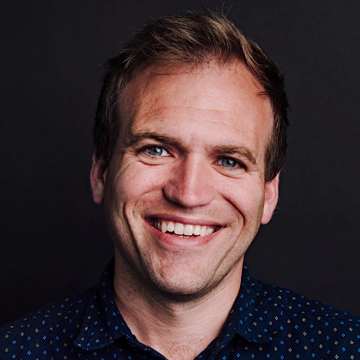ST. LOUIS – Racial reconciliation rests at the doorsteps of the church and can only be achieved through the Gospel in action, a diverse panel of Baptist pastors said during a trailblazing discussion at the 2016 SBC annual meeting.
Southern Baptist Convention President Ronnie Floyd convened the panel, historically including National Baptist Convention USA President Jerry Young. The two have collaborated for months to put talk into action and actually achieve racial reconciliation in a racially troubled America.
“Being together here at this significant moment in America, where racial disunity is occurring and few are speaking into this discussion, it is our responsibility as the church of Jesus Christ to resound the power of the Gospel and the unconditional love of Christ for all people into this conversation,” Floyd said in introducing the nine-member panel of African-American, Hispanic, Anglo, American Indian and Asian pastors of varying ages.
“It is our responsibility to have this historic conversation today for our present and for our future,” Floyd said of the panel titled “A National Conversation on Racism in America.” He called Young, a chief speaker at the event, a “dear friend.”
Days before the first anniversary of the June 17, 2015, racially motivated massacre of a pastor and eight church members at the historic Mother Emanuel African Methodist Episcopal Church in Charleston, South Carolina, the panel also featured in a key speaking role Marshall Blalock, pastor of Charleston’s First Baptist Church.
All panel members expressed a unity of vision and purpose, describing the church as the light and salt of the earth, and the only cure on this side of heaven for racism.
As Young put it, “Somebody needs to pass the salt and turn on the light.” The pastor of New Hope Baptist Church in Jackson, Mississippi, said racism is a sin problem that can only be solved by the people God has put in place to offer the healing salvation of the Gospel.
“The problem in America is a problem with the church being what God called it to be,” Young said. “The problem is concealed light, whereby we do not express the love of Christ nor extend His light.”
Blalock referenced the “grief and grace” Charleston experienced after 21-year-old white supremacist Dylann Roof slaughtered worshippers after they welcomed him into a Bible study. That experience, Blalock said, helped white Americans understand the true pain of racism.
“For so many years, white people have not really been able to capture and understand the true pain, the true hurt of racism, at least not experientially,” Blalock said. “But racially motivated murder hurt all of us. The white community, for the first time, in some ways, would experience the depth of the pain; for the first time, beginning to understand, it was our church that was attacked, our people, our brothers and sisters, our neighbor. Our city was made one by grief.”
Blalock realized years ago that he also had a “segregated” heart, he said, when a black pastor and friend took him through an African-American neighborhood and introduced him to individuals he had never taken the time to notice.
“That day my friends walked me through a neighborhood where we stopped and shook hands and visited with people, and for the first time I realized it was me. My own heart was segregated,” he told the thousands gathered in the convention hall. “I had no intention of living that way, just like none of you have any animus toward black people. But yet, it’s subtle, and I allowed it to sneak into my soul.”
Read more at Racism cure resides with church.
###
